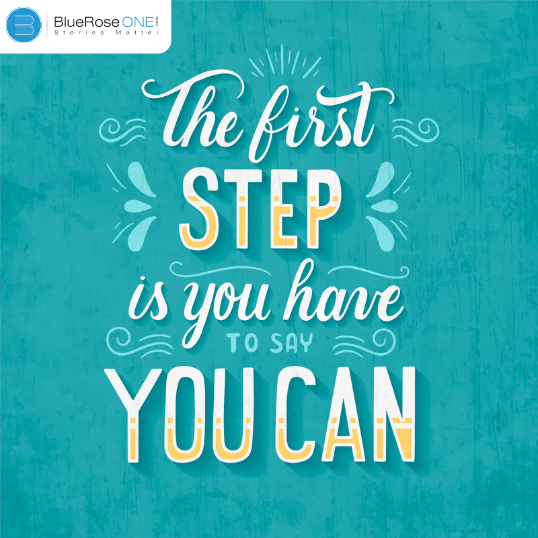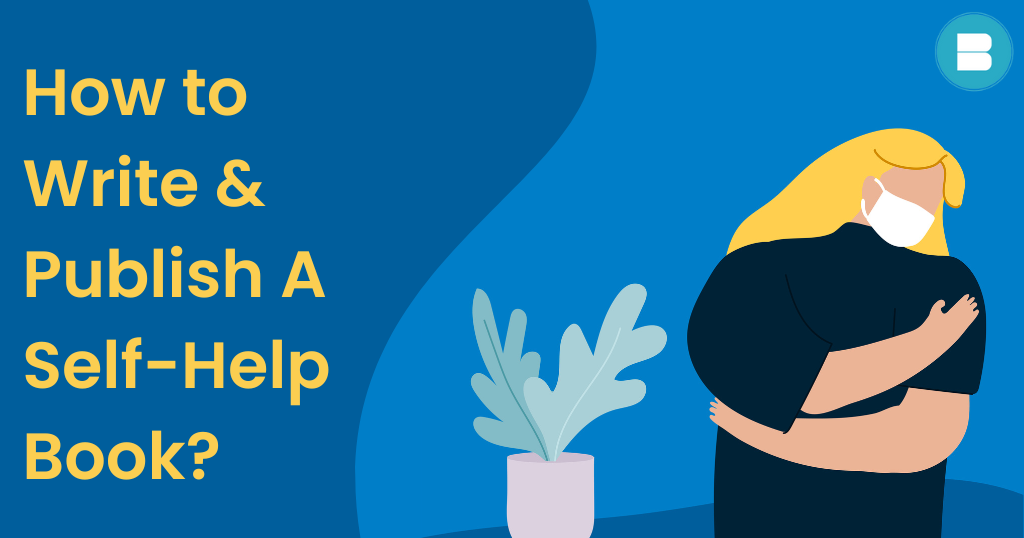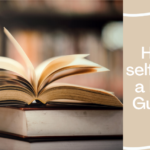Looking for how to write a Self-Help book? Relax, we got you covered… A self-help book is one that is written to advise its readers on how to solve personal problems. The books are named after Samuel Smiles’ 1859 best-seller Self-Help, although they are also recognised and categorised as “self-improvement,” a modernised form of self-help. In the late twentieth century, self-help books evolved from a niche market to a postmodern cultural phenomenon.
The goal of self-help books is to help people attain objectives and goals without the assistance of others. This type of book can be about self-directed betterment in one’s economic situation, intellectual and emotional state of being, and self-worth. They could also be about support groups, where to find them, and what they are all about. Support groups offer encouragement and solutions to help people with similar aims and needs achieve their objectives. Self-Help is a vast genre that can encompass various types of books.
Here are a few types of self-help books:
- A step-by-step book: A step-by-step book is one that explains how to do something from beginning to end. These types of books may include how to create a dollhouse, tidy your wardrobe, or lose weight without exercising. This refers to following a strategy or program to achieve a goal.
- A progression type of book: A progression type book describes how a person progressed into a different stage of their life or a process in which they achieved some form of discovery. It involves a writer’s insight into an evolutionary process in which some type of change occurred – large, minor, internal, or external. Examples of these stories may depict a person who is not very welcoming of other people and cultures as a result of growing up in a highly closed-minded and bigoted family, but who gradually changes via travel and cultural assimilation.
- A recovery book: A recovery book is about someone who is recovering from something. Books on how to recover from alcoholism, drug addiction, or other obsessive behaviour are examples of this type of book. These books are meant to assist a person in mending or healing during a recovery process of some kind.
- An exercise-type book: An exercise book is built on guiding a person through a certain procedure or exercise to achieve a specific set of skills. For example, if a person is claustrophobic, they may need to do particular things to overcome this. This would necessitate the ability to overcome fear and anxiety through the use of “anchoring” procedures (anchoring is simply using the mind and word techniques to tap into your neurological system for linking feelings to experience).
- A component-based book: A component-type book is one that teaches a person how to cope with specific parts of a complex issue or problem. A book on how to be a better parent is an example. As you can see, this is a tremendously complex issue that would most likely be too large to cover the entire range. A more realistic method would be to separate this into categories such as parenting toddlers, parenting teenagers, and even parenting adults.
Here are a few tips that can help you with writing a self-help book:
- Identify a specific issue that your book will address: To some extent (apart from memoirs), all nonfiction works are about identifying a problem and proposing a solution. This could be practical, step-by-step counsel or a more in-depth, nuanced understanding of a current issue that alters the reader’s perception. Self-help books are no exception: your duty as a writer is to focus on a specific issue and present your reader with a solution.
- Make your readers believe that you can assist them: A self-help book’s success is totally dependent on your credibility and authority as a writer. After all, you wouldn’t go down the street asking random strangers for advice on how to improve your life, would you? That’s why beloved media stars frequently create self-help books: they already have a following of people who believe them.
But, if you’re not Russell Brand or Oprah Winfrey, how do you build trust with potential readers? Sharing information about yourself is one method to accomplish this. - Remember that you’re telling a tale: Self-help books almost never have a single, overarching narrative arc. Typically, they are directed by an argument or thesis rather than a narrative, with chapters arranged around anecdotes that help illustrate the points stated.
- Talk about specific actions and steps: Because the self-help genre is frequently more abstract than how-to manuals, your book may run the risk of being overly advice-y. Vagueness can be aggravating. Sometimes the best approach is to reduce that advice down into bite-sized, doable measures. Adding particular examples and vivid tales with a few well-chosen facts can help make your advice more real and accessible for your target reader, and hence more beneficial to them.
- Always give credit to your sources: It’s doubtful that you’re the first person to write about, or even offer advice on, your issue. That’s fine; many people might give different, but still important, advice same difficulties, so don’t feel as if your concept has been “stolen.”
The main thing is to recognise people who have contributed to your research by clearly crediting them for their ideas. You are free to add to or build on these, but as many a frustrated student can attest, you should never portray them as your own: it is intellectual property theft at worst — and very uncool at best.
What to keep in mind before publishing your own self-help book?
- Get your manuscript ready.
Understand the needs of your manuscript as it will help you decide what type of service you’d need. Do you want editing services? Do you need it to be rewritten? Do you need an expert’s opinion? Do you need a review? Once you understand the need for the manuscript, write it all down and move on to the next step. - Put forth your queries to different publishing houses.
Visit different websites of publishing houses and put in your queries about the process and packages. It will help you understand what all they offer. Take notes and make sure you understand each aspect, as it will help you with your research later. - Compare and decide.
Now that you have all of the facts, you can compare what is best for you. What is economical, trendy, healthy, and will assist you at every step? Which publishing house will be there for you at every step of the way, even after the book is published? - Get in touch with your chosen publication house and start your publication process.
Talk to them, finalise everything, and then sign a contract to begin the process. Keep up with the progress and experience the excitement of becoming a new author. Make sure you understand what you need on your cover page, the genre of your book, and who your target audience will be. As a customer or author, make an effort to be a good sport, and keep your dedicated team motivated as well.
Create & Publish Your Book For Free

Self help books are the epitome of working on yourself at your pace. No matter what people say – providing help to people who want to improve themselves to be the best version of themselves is a good work in process.
BlueroseONE has a vide range of self help book that has been published by our authors and you can be one of them too. All you have to do is start writing …
Also, We at BlueRose Publishers publish books in many regional languages like Punjabi, Tamil, Telugu, Malayalam, Marathi, Bengali, Kannada and many more.
You can get in touch with us with your queries and your manuscripts. We will be over joyed to help you become an self-published author – just like you dreamed.
Adios.

















Hello to all, the contents present at this web page are in fact amazing for people experience,
well, keep up the good work fellows.